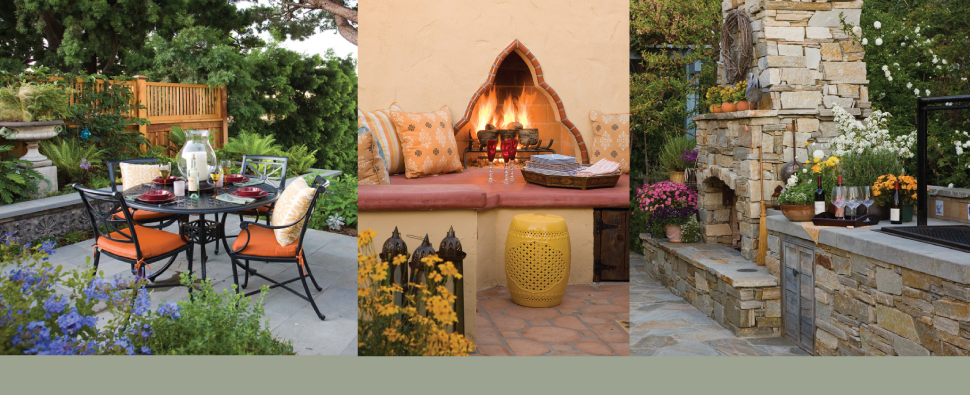 I get a lot of questions about which fruit trees grow well in San Diego, so I thought I would list a few favorites that are proven producers.
I get a lot of questions about which fruit trees grow well in San Diego, so I thought I would list a few favorites that are proven producers.
The fruit tree that I recommend more often than any other is the apple called ‘Anna’. It has delicious crispy green/yellow apples with a delicate sweet taste and a reliably un-mushy texture. Because it was developed for growing in Israel, it can handle the low number of chill hours in coastal and semi-coastal San Diego. It also doesn’t take a horticulturist to grow this apple successfully, however, it does need another apple tree nearby to pollinate, so if there are not other apple trees close by, consider planting two. The fruit is wonderful for eating raw or for cooking.
I also don’t think any garden is complete without some citrus. I love to have at least a lemon and a lime on hand for cooking. There are two popular lemons in San Diego: Meyer lemons and Eureka lemons. Meyers are a little better suited to our climate but have a different flavor than the supermarket lemons, so you should try them first to make sure it is a flavor you like. I think it makes the best home made lemonade. Eureka lemons are closer to the flavor of supermarket lemons. Bearrs limes grow well here and have a great flavor. Make sure to fertilize your citrus with a high nitrogen citrus/avocado fertilizer. Consider buying dwarfs or semi-dwarfs. A full sized citrus gets to be 20′ tall – much too tall to pick easily. A semi-dwarf can get about 9-10′ and a dwarf will be 5-6′.
A few others that I’d like to note quickly:
– Satsumas are delicious small tangerines packed with flavor. They are easy to grow and prolific.
– There are a few good peaches and nectarines that grow and produce here. Read the label and try for 250 chill hours if you live near the coast and 500 or fewer chill hours if you live a little further inland. I like ‘Babcock’ but there are at least a half dozen well suited varieties.
– We can grow a lot of figs here. ‘Black Mission’ is the most common. Figs are very prolific but they can self seed here, so I don’t recommend them if you live on a canyon or open space. They can also attract rodents. Because of these issues, I like to grow figs in a very large pot instead to keep them more in control. If you have never tried it, a ripe fig split in half and drizzled with honey and creme fraiche makes an elegant simple dessert!
– Pomegranates are very easy to grow. Try Punica ‘Wonderful’. Pomegranates have large thorns, so don’t plant them near patios or walkways.
– Ripe plums are just something you can’t get in the store any more. Try growing ‘Santa Rosa’ for a delicious sweet, explode-in-your-mouth plum.
Wiseman, the Principal, has been a San Diego landscape designer
for the past ten years. Find out more at www.sageoutdoordesigns.com









